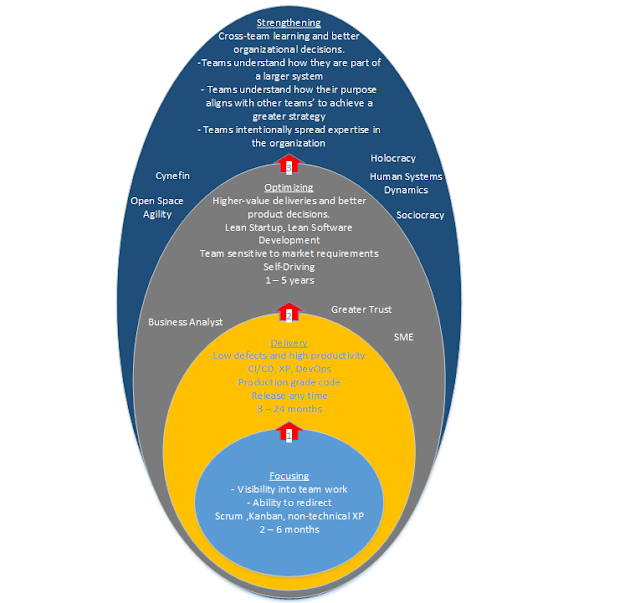Microservice & Domain Driven Design

Define Domain Boundary for Microservice Identifying domain model boundaries for each microservice is a crucial step in designing a microservices architecture. It helps in organizing the system into distinct services that are modular, scalable, and maintainable. Here are general steps and considerations for identifying these boundaries: 1. Understand the Business Domain Domain Analysis : Start by understanding the business domain. Identify the key entities, their relationships, and the business processes that involve these entities. This understanding will guide the segregation of services. Business Capabilities : List down the core capabilities your application needs to provide. These capabilities often hint at potential service boundaries. 2. Domain-Driven Design (DDD) Bounded Contexts : Use Domain-Driven Design principles to define bounded contexts. A bounded context is a specific responsibility or function within the dom...
